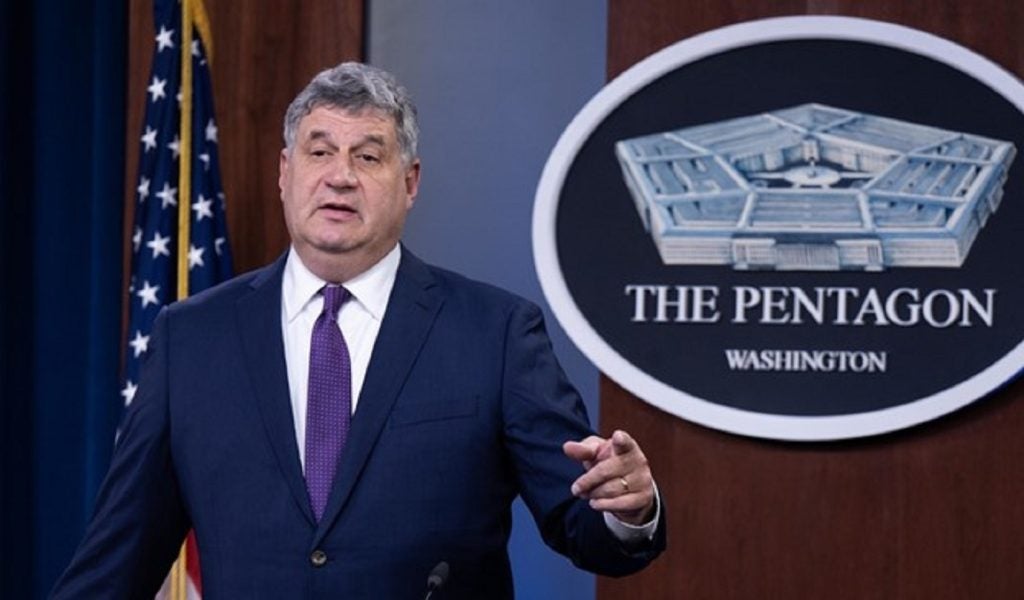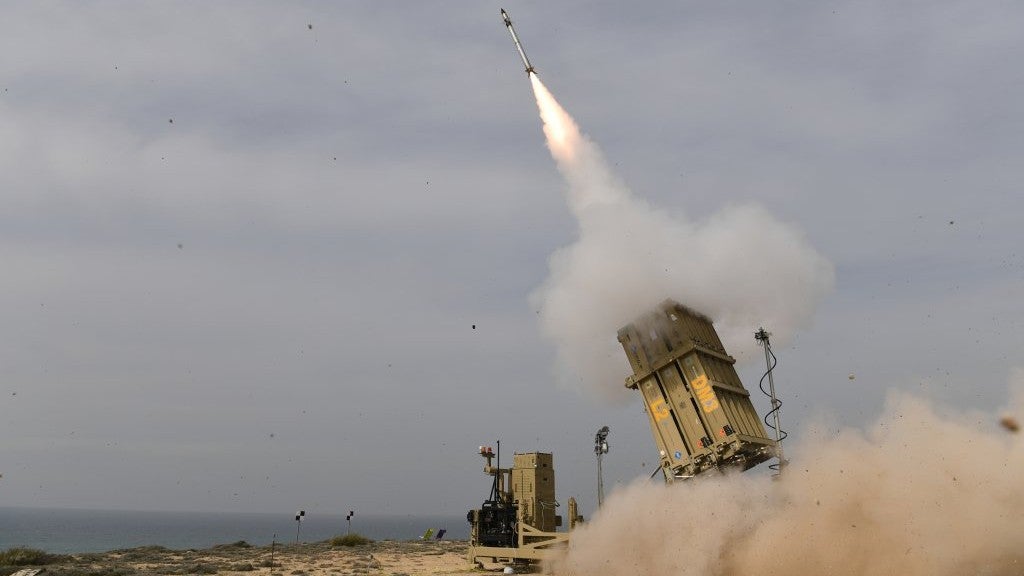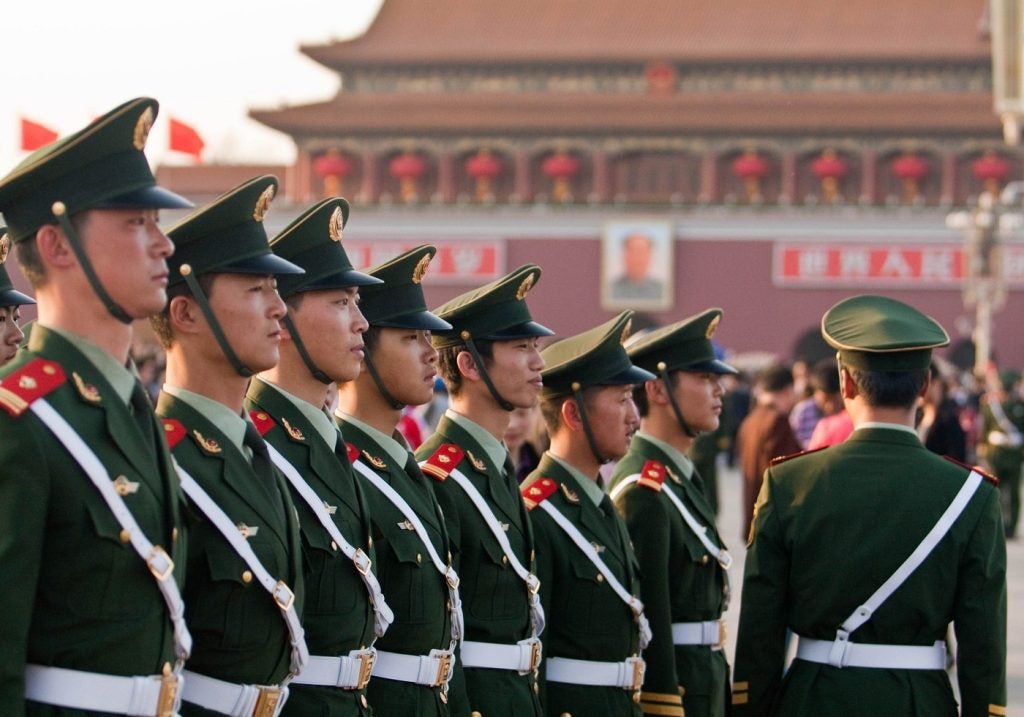Once again, the US Department of Defense (DoD) has made efforts to safeguard its supply chain resilience in a new Security of Supply Arrangement (SoSA) with the Republic of Estonia.
This bilateral, non-binding arrangement, signed at Nato headquarters in Brussels on 20 October, will enable both countries to acquire the industrial resources they need to quickly meet defence requirements, in a world where a credible force must be able to present a credible level of military readiness to deter one’s adversaries in a contentious geopolitical environment.
The problem of supply chains
Since the Covid-19 pandemic, a supply chain shock of unparalleled global scope and scale occurred and disruptions have become more frequent and severe overall.
“[The] US armed forces rely on the commercial sector to design and produce many necessary capabilities and materials, so these disruptions pose significant risks to national security,” warned the US Government last year in its Securing Defense-Critical Supply Chains report.
Since then, during a US Senate Select Committee on Intelligence in March this year, the director of the Central Intelligence Agency (CIA), William J. Burns, testified that “the revolution in technology is not only the main arena for competition with the People’s Republic of China, it’s also the main determinant of our future as an intelligence service.”
In response to the crisis, US President Joe Biden’s administration has financially supported domestic companies whose business rests on critical materials and technologies that empower the US Armed Forces. Such materials and components include semiconductor chips, hypersonic technologies as well as nickel, lithium-ion batteries and ball bearings.
US-Estonia SoSA
“This [SoSA] is a robust addition to our prolific defence partnership with Estonia,” said Dr. William A. LaPlante, Under Secretary of Defense for Acquisition and Sustainment. “This joining together will strengthen our respective national security and supply resiliency for years to come.”
Under the SoSA, the US and Estonia commit intent to support one another’s priority delivery requests for procurement of critical national defence resources.
The US will provide Estonia assurances under the US Defense Priorities and Allocations System – a platform that prioritises certain defence-related contracts – with programme determinations by DoD and rating authorisation by the Department of Commerce.
In return, Estonia will establish a government-industry code of conduct with its industrial base, where Estonian firms will voluntarily agree to make “every reasonable effort to provide the US priority support,” according to the DoD press release.
US influence in Central and Eastern Europe
Estonia’s commitment to the US under this arrangement is not unlike Poland’s partnership with the western superpower.
Both Estonia and Poland reside on, or close to Nato’s eastern flank and American troops already operate in both European nations (permanently in Poland’s V-Corps).
Since Russia’s full-scale invasion of Ukraine, the US-Poland partnership has strengthened, and their interoperability has grown. So much that earlier this year, in June, Poland purchased a distributed interactive simulation-based systems integration laboratory from the DoD to enable the Polish Armed Forces to establish closer military ties with the US and Nato partners with the testing of new standard American-made systems and components.
This mutual arrangement will only help to standardise American systems and components across Nato as Estonia forms a similar partnership with the country as its central European ally.
Already, the American defence and aerospace prime, Lockheed Martin, is well on its way in standardising the F-35 Lightning II multi-role aircraft across Nato fleets; as the company expects there will 400 units in the military alliance by 2030.











